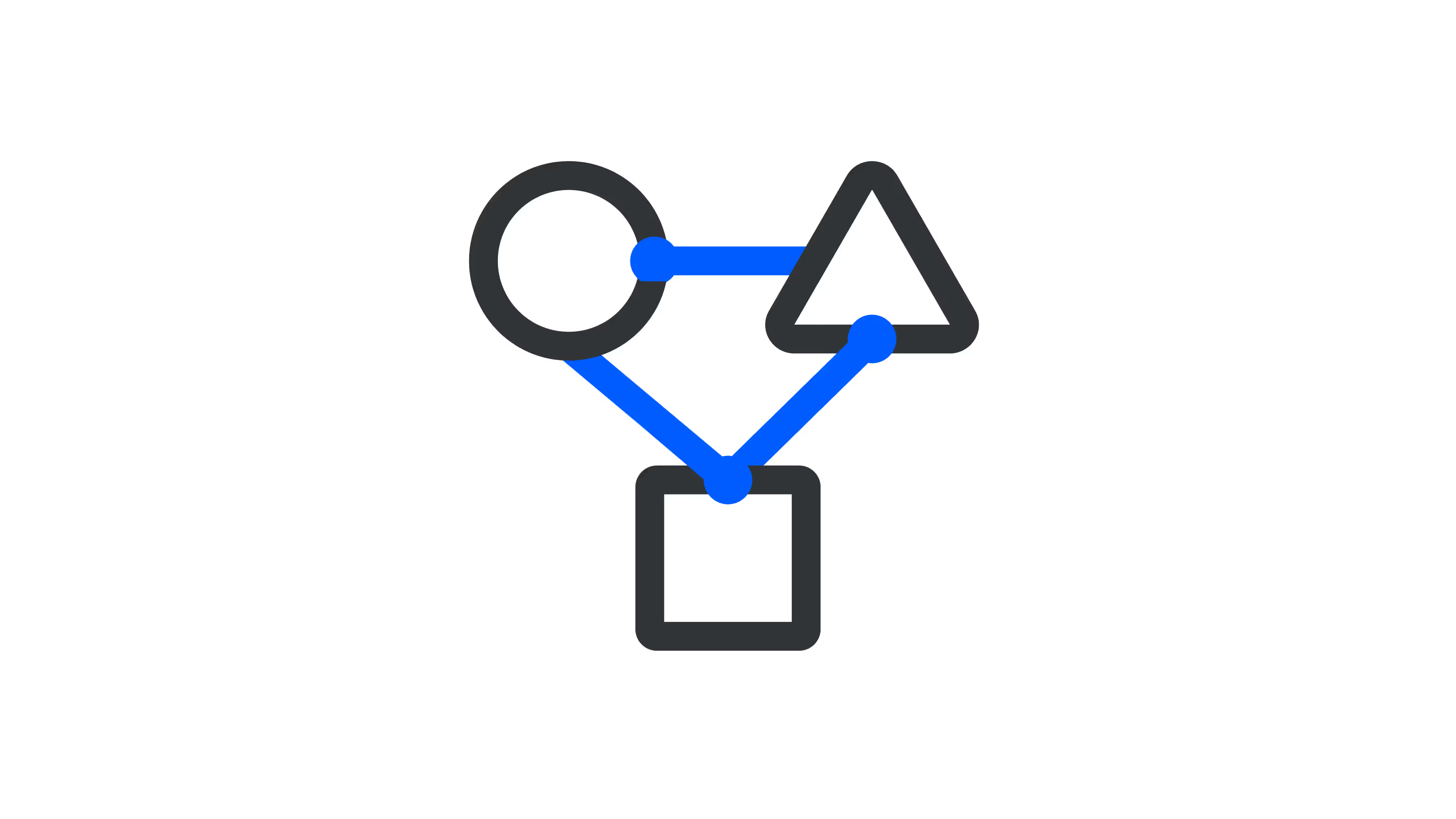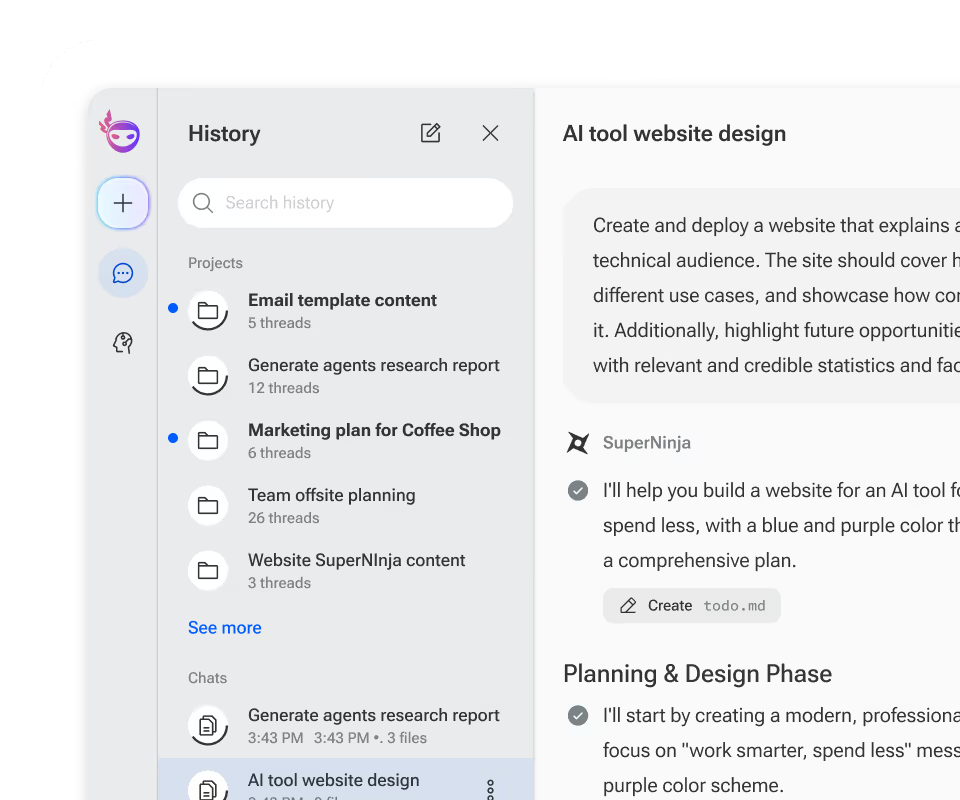In the realm of artificial intelligence, the creation of Generative Pre-Trained Transformers (GPT) has revolutionized the landscape of natural language processing (NLP). This innovative technology has garnered significant attention from industry experts, researchers, and enthusiasts alike, owing to its remarkable capabilities in generating human-like text, images, and even conversing with users. In this article, we will delve into the intricacies of GPT, exploring its underlying meaning and real-world applications.
Breaking Down GPT
- Generative: This refers to the model's ability to generate human-like text based on the input it receives. GPT is designed to produce coherent and context-specific text, making it a powerful tool for various applications.
- Pre-trained: This means that the model has been trained on a massive dataset of text from the internet, books, and other sources. This pre-training enables GPT to learn patterns, relationships, and structures of language, allowing it to generate text that's remarkably similar to human writing.
- Transformer: This is a type of neural network architecture introduced in 2017 by Vaswani et al. in their paper "Attention Is All You Need." The Transformer architecture revolutionized the field of natural language processing (NLP) by enabling models to handle sequential data, like text, more efficiently.
GPT in Action: Real-World Applications
The versatility of GPT has led to its adoption across various industries and use cases, including:
- Chatbots and AI Assistants: GPT-powered chatbots, such as Ninja AI and ChatGPT, can engage in natural-sounding conversations, providing users with helpful and informative responses to their queries. ChatGPT, developed by OpenAI, has gained significant attention as an early example of GPT, for its ability to understand and respond to complex questions. Ninja AI has taken this one step further incorporating our specialized AI agents to execute specific tasks for you, as well as allowing comparisons between AI LLM models.
- Language Translation: GPT's ability to generate human-like text makes it an excellent tool for writing and language translation, enabling the development of more accurate and efficient translation systems. Ninja AI allows users to both leverage language translation, as well as communicate directly with your Ninja avatar across many major languages globally.
- Content Generation: GPT can generate high-quality content, such as articles, stories, and images, making it a valuable asset for content creators and writers. Ninja AI let’s you utilize 24+ LLMs to be able to generate the best written and graphic content across today’s leading AI tools all in one platform. Ninja’s capabilities also include comparing and summarizing content generated across these various LLMs, so you can always choose the best response.
- Text Summarization: GPT can summarize long pieces of text, including PDFs, into concise, meaningful summaries, saving time and effort for readers. This includes everything from books to financial reports.
The Future of GPT
GPT is a groundbreaking technology that has the potential to transform various industries and revolutionize the way we interact across many facets of our lives. Its applications are vast, and its implications are far-reaching. As we continue to explore the capabilities of GPT, we can expect to see significant advancements in natural language processing, language translation, content generation, and more. Popular platforms such as Ninja AI, ChatGPT, Google Gemini, Claude, and others are already demonstrating the power of GPT, and we can only expect the sophistication and positive impact on our lives to continually evolve over time.





